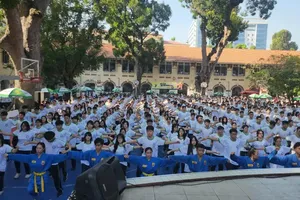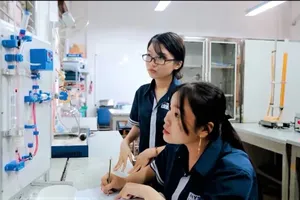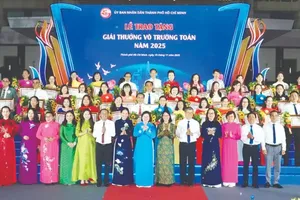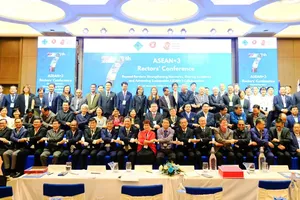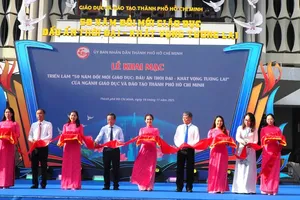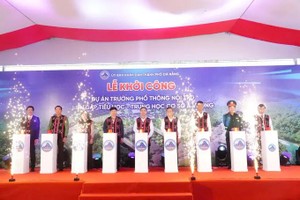
Circular 01/2024, issued by the Ministry of Education and Training on February 5, 2024, outlines new standards for higher education (HE) institutions across various aspects, including governance, faculty, facilities, finance, enrollment, training, and research and innovation.
While each criterion includes numerous sub-criteria, the most critical ones – relating to facilities, faculty, and research and innovation – pose significant challenges for many institutions to meet by the 2025-2030 timeframe.
The faculty standard stipulates that the proportion of full-time faculty members with doctoral degrees must be no less than 20 percent by 2025 and 30 percent by 2030 for non-doctoral programs. For institutions offering specialized programs without doctoral programs, the corresponding figures are 5 percent and 10 percent, respectively. For institutions with doctoral programs, these percentages are 40 percent and 50 percent, and for specialized institutions with doctoral programs, 10 percent and 15 percent, correspondingly.
Regarding facilities, the circular mandates that by 2030, the average land area per full-time student must be at least 25m2 and at least 70 percent of full-time faculty members must have private offices. Additionally, the floor area for educational purposes must be at least 2.8m2 per full-time student.
Moreover, the research – innovation criterion stipulates that the proportion of revenue from scientific and technological activities relative to total revenue for institutions with doctoral programs must be at least 5 percent over a three-year period. The average number of scientific publications per faculty member should be at least 0.3 papers per year, or 0.6 papers per year for institutions with doctoral programs but without specialized programs.
HE institutions are required to implement measures to continuously monitor and improve the quality and effectiveness of their operations so that they can satisfy all criteria of Circular 01 from 2025.

Vice Principal of Van Lang University Dr. Vo Van Tuan informed that after a thorough meeting regarding the implementation of Circular 01, the university concluded that implementing these new standards is proving to be a significant challenge.
In particular, Van Lang University is now running a doctoral program for the Environment Science major. It now has over 2,000 full-time lectures, 22 percent of whom hold a doctoral degree. To reach the target of 40 percent in 2025, the university needs another 370 doctorates, which is impossible to do in one year, let alone to possess 580 doctoral degree holders by 2030.
Another tough target lies in criteria related to facilities. The university needs a surface area of 110ha to accommodate 40,000 learners according to the Circular (25m2 per student). However, the current coverage of all campuses is merely 8ha.
Other HE institutions, such as Ton Duc Thang University, Nguyen Tat Thanh University, HCMC University of Industry, HCMC University of Industry and Trade, University of Information Technology (Vietnam National University-HCM), have also expressed concerns about meeting the faculty qualification requirements.
Assoc Prof Dr Nguyen Xuan Hoan, President of HCMC University of Industry and Trade, has acknowledged the formidable challenge of achieving a 50-percent ratio of faculty members with doctoral degrees by 2030. To meet this ambitious target, the university has implemented strategies to both attract external talent and incentivize internal development.
Regarding the infrastructure standards, many institutions have expressed concerns about meeting the stipulated 25m2 of land per student and 2.8m2 of floor space for educational purposes per student. These institutions argue that acquiring sufficient land for expansion is prohibitively difficult due to limited land availability, especially in urban areas. Moreover, rented facilities are not counted towards the required land area, and public universities are often restricted from purchasing land. Private universities, on the other hand, face challenges in securing land for expansion.






